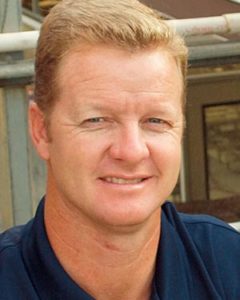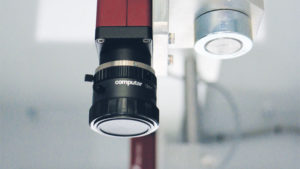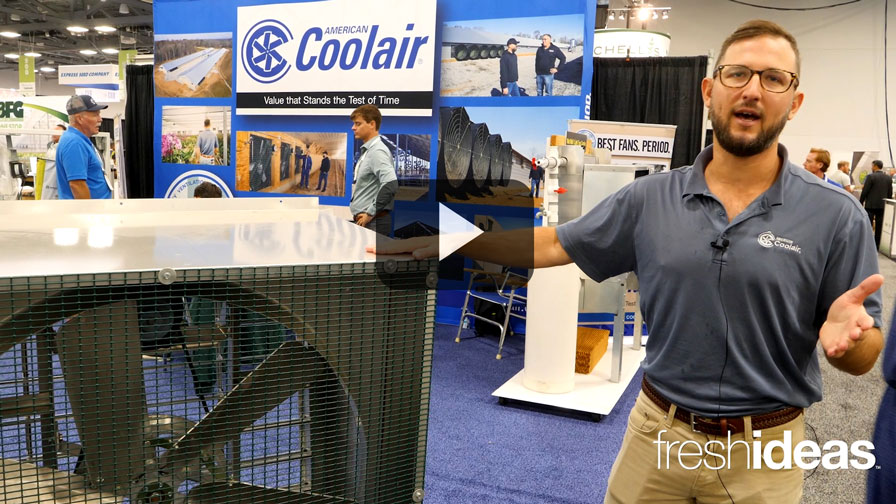How Growers Can Make the Most of Automation

Art Van Wingerden
As the availability of skilled labor continues to decline, more growers are turning to automation as a potential solution. But how do you know which direction to turn?
Art Van Wingerden is co-owner of Metrolina Greenhouses, one of Greenhouse Grower’s Top 100 Growers, operating more than 7,000,000 square feet of environmentally controlled production space at its facilities in Huntersville, NC, and York, SC. He says that while the price tag for automation may seem daunting to some, there are ways it can pencil out profitably for you.
According to Van Wingerden, here are nine things you need to know about greenhouse automation.
1. The Labor Savings Will Be Your Biggest Benefit
“The whole country is in a labor shortage, and growers are having a hard time finding good, qualified labor,” Van Wingerden says. “Automation definitely helps you with that. Let’s say you have a transplanter on a production line, and you’re producing 1,000 plugs an hour with 10 people. If you had to plant that many by hand, you’d need 20 more people. It saves you a ton of time.”
2. You Can Then Move Your Workers to Other Areas
Once you reduce the number of people you have working on a device or line, you allow them to become more qualified to work other machinery or in other areas. As they become more efficient, you might also be able to pay them more.
“The more we pay, the more we can retain our current employees and attract new ones,” Van Wingerden says.
3. It Will Help With Consistency
“I may have our people planting at different depths,” Van Wingerden says. “The cutting sticking machine makes sure everything is stuck consistently.”
4. Be Patient With Your Return on Investment
“Automation saves you money over time, but you’re not going to save all your money in the first year,” Van Wingerden says. If you are a small to midsize grower, your return on investment will depend on what kind of automation you are looking at.
“We spend about a hundred grand before we even start using it,” he says. “You can buy cheaper, depending on your size. In general, you should aim for a three- to five-year return.”
5. Meet With Your Suppliers on a Regular Basis
“Let them come to your place, and show them the challenges you are facing,” Van Wingerden says. “Don’t think you’re the smartest person in the room. Tell them your challenges and see if they can help you come up with a solution. Sometimes we try to reinvent the wheel, and we can’t find it. That’s why I’m big on visiting people.”
6. Trial and Error is OK
“When you’re experimenting with automation or looking at what others are doing, you can learn what to do, and more often than not, what not to do,” Van Wingerden says. “Someone else may have tried something, but you might look at it and realize that it’s not a good idea for you. When you invest, you don’t want to spend a lot of money and then a year later learn that it wasn’t the best idea.”
7 Automation Only Works if You Use it Efficiently
According to Van Wingerden, too many growers look at automation in terms of what is the hottest thing on the market today.
“It’s easy to get fired up about things like sticking machines, and they are indeed awesome. But it needs to be about how you’re using it in the most labor efficient way possible,” he says. “You might space the plants in one way at first, then realize a couple weeks later that you need to respace them. You’ll be better off spacing them correctly from the start.”
8. Don’t Force Automation to Do Too Much
“Compare your greenhouse costs to your labor costs and if you have the labor to do it,” Van Wingerden says. He also points out to consider your plant needs.
“The plant will tell you what it wants, so make sure you listen to it,” he says. “Once you stretch a plant, it will not unstretch.”
9. The Future Is (Almost) Now
When looking at automation, consider your needs a few years down the road.
“One thing that’s coming, even if it’s at least five years away, is spraying with drones,” Van Wingerden says. More immediately, Metrolina is looking at a transplanting machine that ensures 100% efficiency when the plants come out.

Pic-O-Mat Vision system
Visser Debuts New Transplanter at IPM Essen
According to Derek McLaughlin at Bellpark Horticulture (formerly Visser), the biggest challenge to greenhouse growers today is labor.
“Growers are looking to automation to decrease costs, increase quality, and solve their labor shortage/reliability issues,” he says.
At the IPM Essen show in Germany in January, Visser debuted a new transplanter that is fully capable of transplanting a destination pack, even when the source trays do not contain 100% perfect plants. The transplanter is equipped with a new type of gripper that is capable of digitally imaging the plant while it is held in the gripper. The new vision system can then decide if the plant meets the selected quality criteria.
“The process ensures that bad plants and/or empty plugs will be discarded and only good plant matches will be transplanted,” McLaughlin says.
The Pic-O-Mat Vision system automatically determines the position of the grippers to ensure that the destination pack will be 100% filled with good plants.
“This new transplanter is a true labor saver and eliminates any need for gapping up plants behind the transplanter,” McLaughlin says.
The transplanter can achieve up to 800 planting cycles per hour, per gripper. It is available in 12, 16, or 24 grippers.










